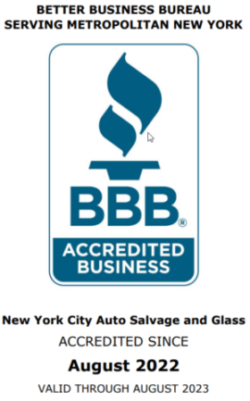Will you go for Manual or Automatic?

For your car to be able to get from point A to point B without having to stay trudging along in first gear, it needs a working transmission. The transmission allows the vehicle to change gears, thereby transferring power from the engine to the drive axle in the most efficient way possible. It does this by varying the gear ratio. In lower gears, this increases available power while reducing speed. Higher gears, on the other hand, reduce power and increase speed. This enables cars to distribute power and speed in the most efficient way for any given situation.
Now here is the difference between the manual and the automatic transmission.
Automatic Transmission
- Easier to use. Although there’s nothing inherently difficult about shifting gears and working a clutch, it still takes a bit of practice before most drivers are comfortable learning to use each of their limbs independently to control a manual transmission vehicle. Automatic transmissions, by comparison, are much simpler and take drivers significantly less time to learn.
- Less manually restrictive. Most new drivers are taught that the safest way to drive is to keep both hands firmly on the wheel always. This is possible when driving an automatic transmission vehicle, but is not possible with a manual transmission.
- Better for hilly areas. If you’re a less experienced driver, you may find that navigating steep inclines in a manual transmission are difficult, especially if you’re attempting to do so from a dead stop. Automatic transmissions take care of this issue, enabling your car to operate efficiently no matter how steep the hill might be.
- Greatly reduced the risk of stalling. There are few things more embarrassing and awkward than accidentally stalling your vehicle right when the traffic light changes. This isn’t a common problem for those driving automatic transmission, where stalling will only occur if there’s a mechanical problem in the vehicle.
- Easier to use in heavy traffic. Overall, more work goes into starting, accelerating, decelerating, and stopping manual transmissions. This isn’t normally a problem, but in heavy traffic where a car can get up to speed, drivers may notice that the constant starting and stopping becomes a difficult chore. Automatic transmissions allow the driver to move through heavy traffic without having to do more than push a single pedal.
Manual Transmission
- Less expensive to purchase. If you’re car shopping on a budget, then there’s really no contest between the manual and the automatic. On average, a manual transmission will cost you about a thousand dollars less than an automatic of the same model.
- Cheaper to maintain. With all of the added machinery that goes into the automatic transmission, it can end up costing you more money for its maintenance. Manual transmission cars require very little maintenance, and generally maintenance and repairs end up being significantly less costly.
- Better fuel efficiency. Overall, manual transmission engines are less complex, weigh less, and have more gears than automatics. The simpler it is, the lesser its likely to consume fuel. Manual transmissions have been known to save drivers between 5% and 15% on their fuel costs.
- Less likely to be stolen. Your wannabe car thief should be a car geek at some point. Now with new generations of modern cars running around, stealing a manual car will be enough to deter the car thief. It is hard to steal a manual transmission car.
- Better control. Automatic transmissions are designed to choose the best gear for any situation, but they tend to err on the side of caution, shifting to too high of a gear and wasting engine power. Manual transmissions give drivers greater control over the vehicle.
If this one helps you to decide whether to choose a manual or an automatic transmission car, New York City Auto Salvage and Glass can help you. We buy and sell a wide range of manual and automatic cars that might suit your needs. Just give us a call at (718) 297 9797. We will give you a hand!



